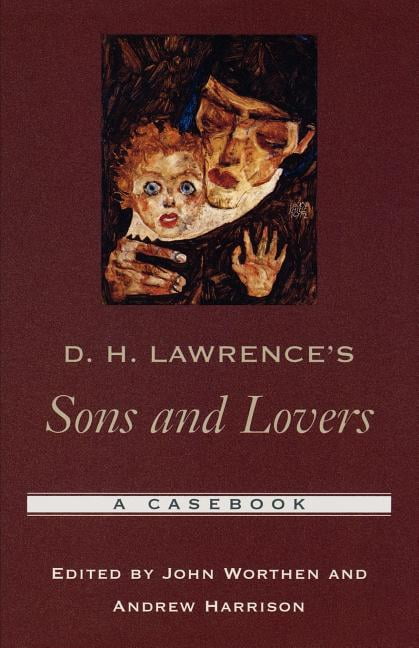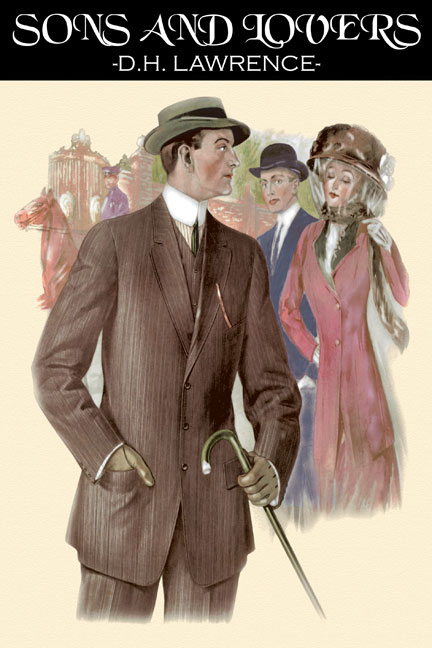

Susan Brown’s Mrs Gascoigne has a monumentality that more than justifies the cry from Louise Brealey’s daughter-in-law of “how is a woman to have a husband if all men belong to their mothers?” Although the Lambert household is least well served, Lloyd Hutchinson as a surly miner and Julia Ford as his superior wife constantly impress. Duff’s Mrs Holroyd has an unforgettable rawboned anxiety and offers a perfect study of a woman mired in uncertainty. For me, the losses far outweigh the gains and the production style is uncertain: one minute it relies on artfully mimed domestic activity, the next on thunderous theatrical effects, including the raising and lowering of a steel gantry to remind of the perils of the mining life. Of course, there are parallels between them that Power and Elliott ostentatiously heighten: as Lizzie Holroyd clings ardently to her would-be lover, Lydia Lambert and her son embrace with disturbing tenderness. The plays have a rich independent life, which gets submerged in this attempt to bring out their shared values. Lloyd Hutchinson, with Tala Gouveia, constantly impresses in Husbands and Sons. In The Daughter-in-Law, Lawrence captures the love-hate nature of modern marriage with an intensity worthy of August Strindberg. With Mrs Holroyd, a domestic tragedy emerges from a background of Zolaesque realism. A Collier’s Friday Night might be described as Sons and Lovers crammed into a single evening but it is also a subtle study of the divisive effect of education on a working-class family. But Gill, unlike Power and Elliott, highlighted the essential differences between the plays, which were written in a feverish burst between 19.

It was only when Peter Gill famously rescued them from oblivion that they were staged together at the Royal Court in 1968.

Lawrence did not conceive the plays as a trilogy.

The intention, clearly, is to create a community, but the result is like seeing Thornton Wilder’s Our Town arbitrarily transposed from New Hampshire to the east Midlands. Scenes from the plays are intercut to make a continuous story and characters from one work drop in on the next. The third segment is taken over by the Gascoignes from The Daughter-in-Law, where a wife seeks to rescue her husband from the stifling embrace of his mother. Another section is occupied by the eponymous heroine of The Widowing of Mrs Holroyd, torn between marital duty and her love for a vibrant electrician. One area belongs to the Lamberts from A Collier’s Friday Night, where tension arises from a mother’s preference for her son over her uneducated husband. At the Dorfman, we see an in-the-round stage split between three Nottinghamshire mining families.


 0 kommentar(er)
0 kommentar(er)
